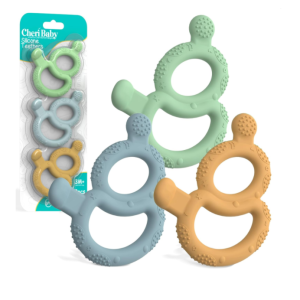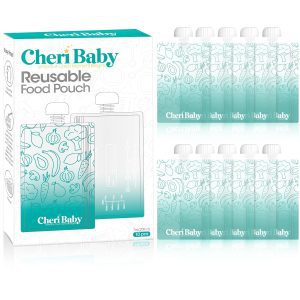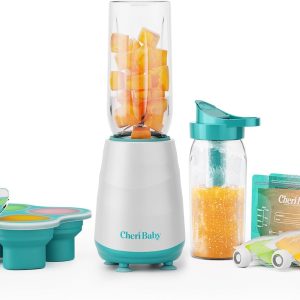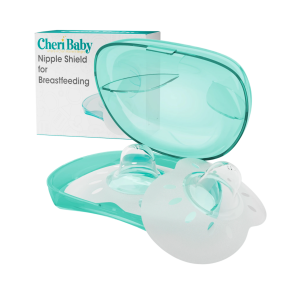Your cart is currently empty!
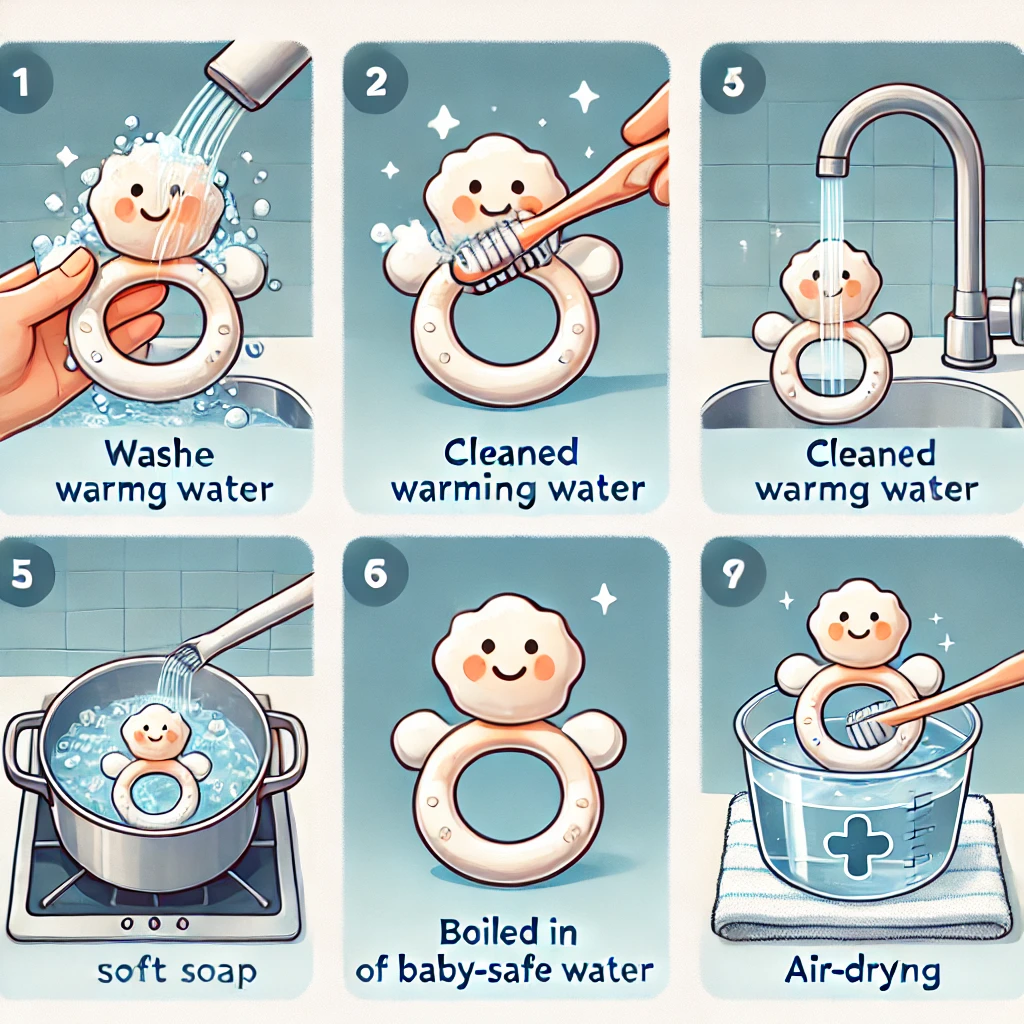
Teething is an exciting developmental milestone for babies, but it comes with its fair share of challenges. Baby teethers are essential tools to soothe sore gums and keep babies comfortable. However, since they are constantly in your baby’s mouth, proper cleaning and maintenance are crucial to ensure their safety and hygiene.
In this guide, we’ll walk you through the best practices for cleaning and maintaining your baby’s teether, so it remains safe, effective, and long-lasting.
Why Cleaning Your Baby’s Teether is Important
Babies explore the world by putting objects in their mouths. While this is natural, teethers can easily collect germs, saliva, and dirt, which could lead to infections or illnesses. Regular cleaning:
- Prevents the growth of bacteria and mold.
- Reduces the risk of infections.
- Extends the life of the teether.
How Often Should You Clean a Baby Teether?
- Before First Use: Always sterilize the teether before giving it to your baby for the first time.
- Daily Cleaning: If the teether is used regularly, clean it at least once a day.
- After Dropping or Contamination: Clean the teether immediately if it falls on the floor or comes into contact with dirt.
Step-by-Step Guide to Cleaning a Baby Teether
1. Check the Manufacturer’s Instructions
Different teethers are made from different materials (e.g., silicone, wood, plastic), and each has its own cleaning guidelines. Always start by reading the cleaning instructions provided by the manufacturer.
2. Cleaning Silicone and Plastic Teethers
Silicone and plastic teethers are among the easiest to clean and sanitize.
- Step 1: Rinse under warm running water to remove any visible debris.
- Step 2: Wash with mild, baby-safe soap and warm water using a soft brush or sponge.
- Step 3: Rinse thoroughly to ensure no soap residue remains.
- Step 4 (Optional): Sterilize the teether using one of the following methods:
- Boiling: Place the teether in boiling water for 3-5 minutes. Ensure the teether is heat-safe before doing this.
- Steam Sterilizer: Use a baby bottle sterilizer to sanitize the teether.
- Step 5: Let the teether air dry completely before use.
3. Cleaning Wooden Teethers
Wooden teethers require special care to avoid damage or warping.
- Step 1: Wipe the teether with a damp cloth. Do not soak or submerge in water as this can cause the wood to crack or weaken.
- Step 2: Use a baby-safe, food-grade oil (e.g., coconut oil) to condition the wood and keep it smooth.
- Step 3: Allow the teether to air dry before giving it to your baby.
4. Cleaning Freezer or Gel-Filled Teethers
Freezer teethers or those with gel inside require gentle handling.
- Step 1: Wipe the surface with a clean, damp cloth and mild soap.
- Step 2: Avoid boiling or submerging as this could damage the gel filling.
- Step 3: Store in the fridge or freezer as instructed by the manufacturer.
5. Dishwasher-Safe Teethers
If the teether is labeled as dishwasher-safe:
- Place it on the top rack of your dishwasher.
- Use a baby-safe detergent and run it on a gentle cycle.
Common Mistakes to Avoid
- Skipping Regular Cleaning: Even if the teether doesn’t look dirty, it can harbor germs.
- Using Harsh Chemicals: Avoid bleach, strong detergents, or cleaning agents with harmful chemicals.
- Not Drying Properly: Moisture can promote mold and bacteria growth. Always air dry teethers thoroughly before storing or using.
- Overheating: Some teethers are not heat-resistant. Check the manufacturer’s instructions before boiling or microwaving.
- Neglecting Wear and Tear: Inspect the teether regularly for cracks, tears, or damage. Replace it immediately if it shows signs of wear.
How to Maintain Your Baby Teether
1. Store Properly
- Keep the teether in a clean, dry container when not in use to prevent dust and dirt accumulation.
- Avoid storing in direct sunlight or extreme heat, which can damage materials like silicone or wood.
2. Inspect Regularly
- Check for cracks, discoloration, or changes in texture. Damaged teethers can harbor bacteria or pose a choking hazard.
3. Replace as Needed
- Silicone teethers can last for several months if well-maintained, but wooden teethers and gel-filled teethers may need more frequent replacement.
Why Choose Cheri Baby Teethers?
Cheri Baby teethers are designed with both babies and parents in mind, making cleaning and maintenance easy:
- Dishwasher Safe: Simplifies cleaning, saving time and effort.
- Durable Materials: Made from 100% food-grade silicone, Cheri Baby teethers resist wear and tear, ensuring long-term use.
- Hygienic Design: Seamless construction prevents dirt and bacteria from hiding in crevices.
- Safe for Boiling: Heat-resistant materials allow for easy sterilization.
Final Thoughts
Keeping your baby’s teether clean and well-maintained is essential for their health and safety. By following these simple cleaning and maintenance tips, you can ensure your baby’s teething experience is both soothing and safe. Choosing high-quality, easy-to-clean products like Cheri Baby Teethers makes the process even simpler, so you can focus on enjoying every moment with your little one.
